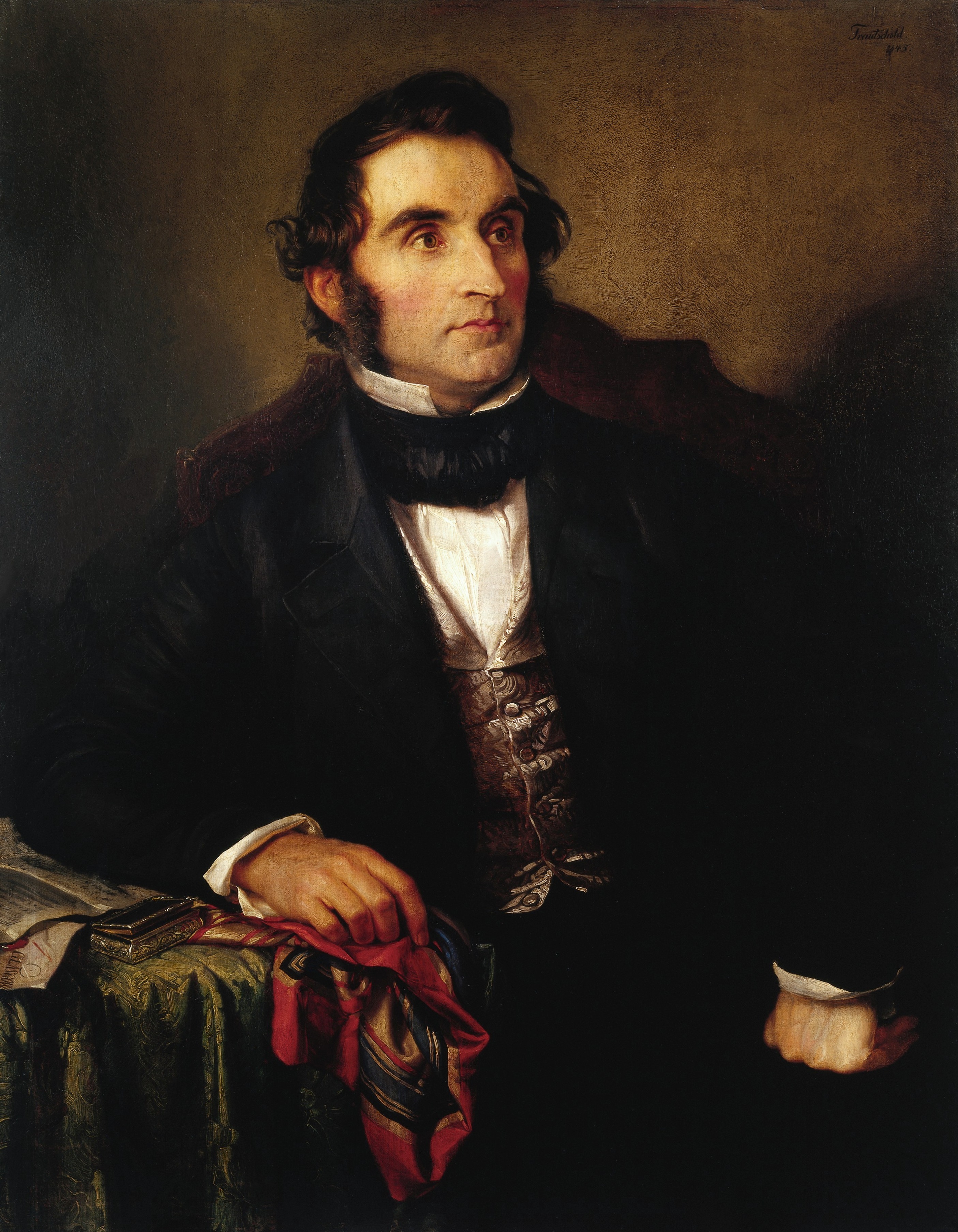|
Protein Combining
Protein combining or protein complementing is a dietary theory for protein nutrition that purports to optimize the biological value of protein intake. According to the theory, individual vegetarian and vegan foods may provide an insufficient amount of some essential amino acids, making protein combining with multiple complementary foods necessary to obtain a meal with " complete protein". All plant foods contain all 20 amino acids including the 9 essential amino acids in varying amounts, but some may be present in such small amounts that an unrealisticly large amount of the food needs to be consumed to meet requirements. Protein combining was historically promoted as a method of compensating for supposed protein deficiencies in most vegetables as foods (e.g., rice and beans), found in limiting percentages revealed in their respective amino acid profiles. In this dogma of the 1970s, ''each meal'' needs to be combined to form complete proteins. Though it is undisputed that diverse ... [...More Info...] [...Related Items...] OR: [Wikipedia] [Google] [Baidu] |
Quinoa
Quinoa (''Chenopodium quinoa''; , from Quechuan languages, Quechua ' or ') is a flowering plant in the Amaranthaceae, amaranth family. It is a herbaceous annual plant grown as a crop primarily for its edible seeds; the seeds are high in protein, dietary fiber, B vitamins and mineral (nutrient), dietary minerals especially potassium and magnesium in amounts greater than in many grains. Quinoa is not a Poaceae, grass but rather a pseudocereal botany, botanically related to spinach and amaranth (''Amaranthus'' spp.), and originated in the Andes, Andean region of northwestern South America. It was first used to feed livestock 5,2007,000 years ago, and for human consumption 3,0004,000 years ago in the Lake Titicaca basin of Peru and Bolivia. The plant thrives at high elevations and produces seeds that are rich in protein. Almost all production in the Andean region is done by small farms and associations. Its cultivation has spread to more than 70 countries, including Kenya, India, ... [...More Info...] [...Related Items...] OR: [Wikipedia] [Google] [Baidu] |
Plant-based Diet
A plant-based diet is a diet consisting mostly or entirely of plant-based foods. It encompasses a wide range of dietary patterns that contain low amounts of animal products and high amounts of fiber-rich plant products such as vegetables, fruits, whole grains, legumes, nuts, seeds, herbs and spices. Plant-based diets may also be vegan or vegetarian, but do not have to be, as they are defined in terms of high frequency of plants and low frequency of animal food consumption. Terminology Origin of the term "plant-based diet" is attributed to Cornell University nutritional biochemist T. Colin Campbell who presented his diet research at the US National Institutes of Health in 1980. Campbell's research about a plant-based diet extended from '' The China Project'', a decade-long study of dietary practices in rural China, giving evidence that a diet low in animal protein and fat, and high in plant foods, could reduce the incidence of several diseases. In 2005, Campbell and ... [...More Info...] [...Related Items...] OR: [Wikipedia] [Google] [Baidu] |
William Cumming Rose
William Cumming Rose (April 4, 1887 – September 25, 1985) was an American biochemist and nutritionist. He discovered the amino acid threonine, and his research determined the necessity for essential amino acids in diet and the minimum daily requirements of all amino acids for optimal growth. Early life William Cumming Rose was born in Greenville, South Carolina. He attended various local schools, but his father John M. Rose, who was a Presbyterian minister, began to homeschool William in Latin, Greek, and Hebrew when he was 14 years old. He also studied an introductory chemistry textbook by Ira Remsen. When he was 16, he studied at Davidson College in North Carolina for his bachelor's degree. He took up graduate education at Yale University studying food chemistry with Russell Chittenden and Lafayette Mendel. He was granted a PhD in 1911. Career Rose taught for a time at University of Pennsylvania with Alonzo E. Taylor. Taylor recommended him to University of Texas Galves ... [...More Info...] [...Related Items...] OR: [Wikipedia] [Google] [Baidu] |
Yale University
Yale University is a Private university, private Ivy League research university in New Haven, Connecticut, United States. Founded in 1701, Yale is the List of Colonial Colleges, third-oldest institution of higher education in the United States, and one of the nine colonial colleges chartered before the American Revolution. Yale was established as the Collegiate School in 1701 by Congregationalism in the United States, Congregationalist clergy of the Connecticut Colony. Originally restricted to instructing ministers in theology and sacred languages, the school's curriculum expanded, incorporating humanities and sciences by the time of the American Revolution. In the 19th century, the college expanded into graduate and professional instruction, awarding the first Doctor of Philosophy, PhD in the United States in 1861 and organizing as a university in 1887. Yale's faculty and student populations grew rapidly after 1890 due to the expansion of the physical campus and its scientif ... [...More Info...] [...Related Items...] OR: [Wikipedia] [Google] [Baidu] |
Thomas Burr Osborne (chemist)
Thomas Burr Osborne (August 5, 1859 – January 29, 1929) was an American biochemist who, with Lafayette Mendel, independently discovered Vitamin A, though Elmer McCollum and Marguerite Davis were ultimately given credit, as they had submitted their paper first by three weeks. He is known for his work isolating and characterizing seed proteins, and for determining protein nutritional requirements. His career was spent at the Connecticut Agricultural Experiment Station. Biography Thomas Burr Osborne was born in New Haven, Connecticut on August 5, 1859. He was the son of lawyer Arthur Dimon Osborne and the grandson of US Representative Thomas Burr Osborne. He earned an undergraduate degree from Yale College in 1881, and a PhD in chemistry there in 1885. He married Elizabeth Annah Johnson on June 23, 1886, and they had one son. Osborne died at his home in New Haven on January 29, 1929. Career His life exhibited "a single purpose, the understanding of the relationships of pr ... [...More Info...] [...Related Items...] OR: [Wikipedia] [Google] [Baidu] |
Justus Von Liebig
Justus ''Freiherr'' von Liebig (12 May 1803 – 18 April 1873) was a Germans, German scientist who made major contributions to the theory, practice, and pedagogy of chemistry, as well as to agricultural and biology, biological chemistry; he is considered one of the principal founders of organic chemistry. As a professor at the University of Giessen, he devised the modern laboratory-oriented teaching method, and for such innovations, he is regarded as one of the most outstanding chemistry teachers of all time. He has been described as the "father of the fertilizer industry" for his emphasis on nitrogen and minerals as essential plant nutrients, and his popularization of the law of the minimum, which states that plant growth is limited by the scarcest nutrient resource, rather than the total amount of resources available. He also developed a manufacturing process for Meat extract, beef extracts, and with his consent a company, called Liebig Extract of Meat Company, was founded to e ... [...More Info...] [...Related Items...] OR: [Wikipedia] [Google] [Baidu] |
Karl Heinrich Ritthausen
Karl Heinrich Ritthausen (13 January 1826 – 16 October 1912) was a German biochemist who identified two amino acids and made other contributions to the science of plant proteins. Education Ritthausen was born in Armenruh, near Goldburg, Silesia, Prussia, in today's Poland. Ritthausen's first advanced education in chemistry was in Leipzig and Bonn. He began to do research in Giessen with Justus von Liebig, and was inspired to continue investigation into agricultural chemistry. He returned to Leipzig to study with Otto Linné Erdmann. He was awarded the doctorate degree in 1853. The agricultural experiment stations at Möckern and Ida-Marienhütte were the locations of his first professional appointments. In 1862 he began to publish articles on the proteins of wheat. Protein chemistry The site of the experiment station became Poppelsdorf in 1867 when Ritthausen became professor of chemistry at University of Bonn. Working with gliadin, he identified α-aminoglutaric acid ... [...More Info...] [...Related Items...] OR: [Wikipedia] [Google] [Baidu] |
Essential Amino Acid
An essential amino acid, or indispensable amino acid, is an amino acid that cannot be synthesized from scratch by the organism fast enough to supply its demand, and must therefore come from the diet. Of the 21 amino acids common to all life forms, the nine amino acids humans cannot synthesize are valine, isoleucine, leucine, methionine, phenylalanine, tryptophan, threonine, histidine, and lysine. Six other amino acids are considered conditionally essential in the human diet, meaning their synthesis can be limited under special pathophysiological conditions, such as prematurity in the infant or individuals in severe catabolic distress. These six are arginine, cysteine, glycine, glutamine, proline, and tyrosine. Six amino acids are non-essential (dispensable) in humans, meaning they can be synthesized in sufficient quantities in the body. These six are alanine, aspartic acid, asparagine, glutamic acid, serine, and selenocysteine (considered the 21st amino acid). Pyrr ... [...More Info...] [...Related Items...] OR: [Wikipedia] [Google] [Baidu] |
Refried Beans
Refried beans (from , ) is a dish of cooked and mashed beans that is a traditional staple of Mexican and Tex-Mex cuisines, although each cuisine has a different approach when making the dish. Refried beans are also popular in many other Latin American countries. In this dish, after being boiled and then mashed into a paste, the beans are fried or baked (though they are fried only once). The English "refried beans" is a mistranslation, since the essence of "frijoles refritos" is the re''heating'' and mashing of the beans; the term "''re''fried" is misleading. As described by Rick Bayless, "they're ''refritos''—not fried ''again'', as you might assume, but 'well fried' or 'intensely fried'." Ingredients and preparation In Northern Mexico and Tex-Mex cuisine, refried beans are usually prepared with pinto beans, but many other varieties of bean are used in other parts of Mexico, such as black, Peruano, or red kidney beans. The raw beans can be cooked when dry or soaked ove ... [...More Info...] [...Related Items...] OR: [Wikipedia] [Google] [Baidu] |
Corn Tortilla
In Mexico and Central America, a corn tortilla or just tortilla (, ) is a type of thin, unleavened flatbread, made from hominy, that is the whole kernels of maize treated with alkali to improve their nutrition in a process called nixtamalization. A simple dough made of ground hominy, salt and water is then formed into flat discs and cooked on a very hot surface, generally an iron griddle called a comal. A similar flatbread from South America, called an '' arepa'' (made with ground maize, not hominy, and typically much thicker than tortillas), predates the arrival of Europeans to America, and was called ''tortilla'' by the Spanish from its resemblance to traditional Spanish round, unleavened cakes and omelettes. The Aztecs and other Nahuatl-speakers call tortillas tlaxcalli (''Nahuatl Dictionary.'' (1997). Wired Humanities Project. University of Oregon. Retrieved August 29, 2012, frolink). The successful conquest of the Aztec empire by the Spanish and the subsequent colonial e ... [...More Info...] [...Related Items...] OR: [Wikipedia] [Google] [Baidu] |
Methionine
Methionine (symbol Met or M) () is an essential amino acid in humans. As the precursor of other non-essential amino acids such as cysteine and taurine, versatile compounds such as SAM-e, and the important antioxidant glutathione, methionine plays a critical role in the metabolism and health of many species, including humans. Methionine is also involved in angiogenesis and various processes related to DNA transcription, epigenetic expression, and gene regulation. Methionine was first isolated in 1921 by John Howard Mueller. It is Genetic code, encoded by the codon AUG. It was named by Satoru Odake in 1925, as an abbreviation of its structural description 2-amino-4-(methylthio)butanoic acid. Biochemical details Methionine (abbreviated as Met or M; encoded by the codon AUG) is an α-amino acid that is used in the biosynthesis of proteins. It contains a carboxyl group (which is in the deprotonated −COO− form under biological pH conditions), an amino group (which is in the proton ... [...More Info...] [...Related Items...] OR: [Wikipedia] [Google] [Baidu] |
Lysine
Lysine (symbol Lys or K) is an α-amino acid that is a precursor to many proteins. Lysine contains an α-amino group (which is in the protonated form when the lysine is dissolved in water at physiological pH), an α-carboxylic acid group (which is in the deprotonated form when the lysine is dissolved in water at physiological pH), and a side chain (which is partially protonated when the lysine is dissolved in water at physiological pH), and so it is classified as a basic, charged (in water at physiological pH), aliphatic amino acid. It is encoded by the codons AAA and AAG. Like almost all other amino acids, the α-carbon is chiral and lysine may refer to either enantiomer or a racemic mixture of both. For the purpose of this article, lysine will refer to the biologically active enantiomer L-lysine, where the α-carbon is in the ''S'' configuration. The human body cannot synthesize lysine. It is essential in humans and must therefore be obtained from the diet. In orga ... [...More Info...] [...Related Items...] OR: [Wikipedia] [Google] [Baidu] |







